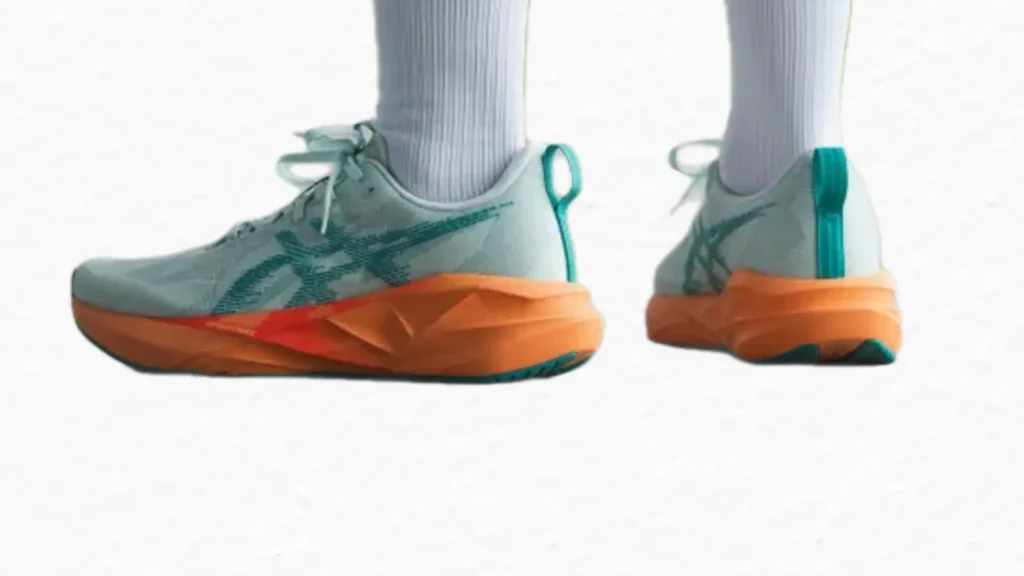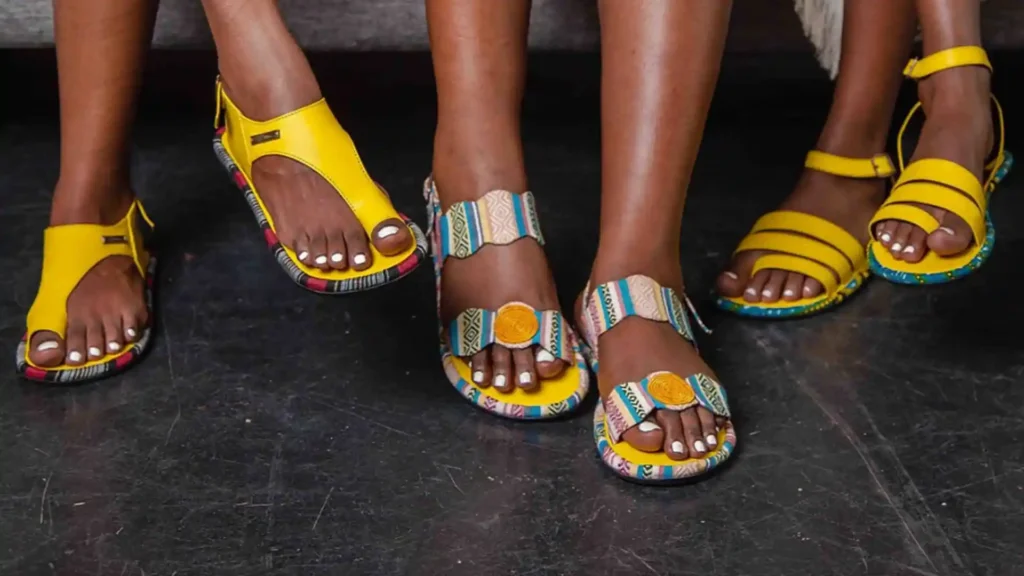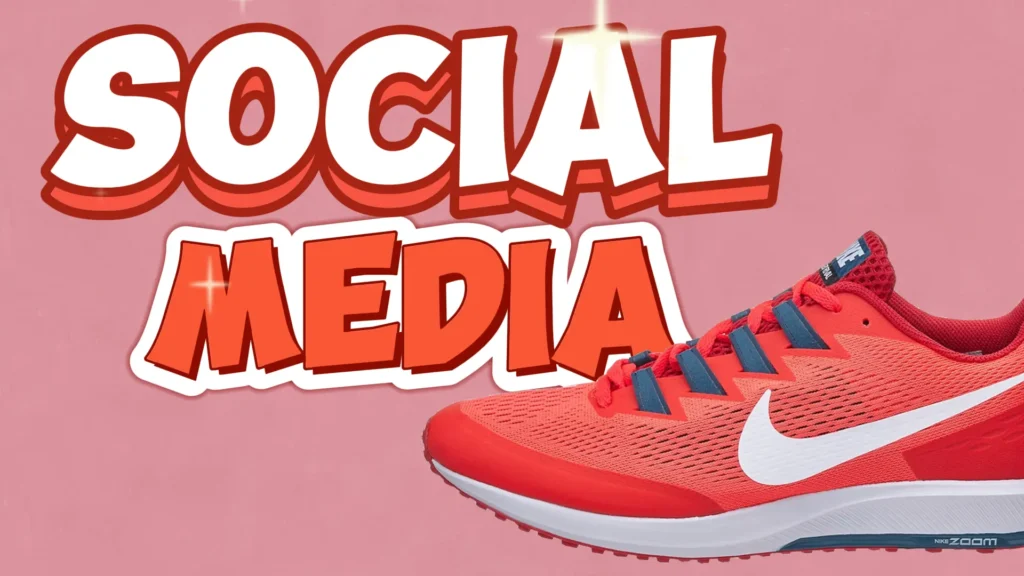You take thousands of steps every day. Each step starts with your feet. If your feet hurt, your whole body feels it. Pain in your arches, your heels, or the balls of your feet is not normal. It is a signal. High arches can cause this pain.
Many people have high arches and do not know it. They wear shoes that do not support their feet. This leads to discomfort, fatigue, and long-term problems. The right shoes can change everything.
This article will show you how to pick orthopedic shoes that fit high arches. You will learn what to look for, what to avoid, and how to find relief. No guesswork. No confusion. Just clear, useful steps. By the end, you will know exactly what to do the next time you buy shoes.
What High Arches Do to Your Body
High arches are not just a foot shape. They change how your body moves. When your arch is high, your foot does not flatten when you walk. This means your foot cannot absorb shock well.
The impact goes straight to your heel, your ankle, your knees, and even your lower back. Over time, this can cause pain in places you did not expect.
People with high arches are more likely to roll their ankles. This is called supination. It happens when the weight lands on the outer edge of the foot. Supination puts extra stress on the muscles and tendons. It can lead to injuries such as plantar fasciitis, Achilles tendonitis, or stress fractures.
You might notice that your shoes wear out on the outside of the sole. This is a clear sign of supination. You might also feel pain in the ball of your foot or the side of your foot. Some people with high arches get calluses or corns in these areas.
High arches can be genetic. Some people are born with them. Others develop them after an injury or due to a medical condition like cerebral palsy or Charcot-Marie-Tooth disease. No matter the cause, the solution starts with proper footwear.
Most regular shoes do not support high arches. They are flat or have low arch support. Wearing them is like walking on a hard surface with no cushion. Your feet work harder to stay stable. This causes fatigue. The longer you stand or walk, the worse it feels.
Orthopedic shoes are made to fix this. They have features that help your foot stay in the right position. They reduce pressure. They absorb shock. They keep your body aligned. But not all orthopedic shoes are the same. Some are better than others for high arches. The key is knowing what to look for.
What to Look for in Orthopedic Shoes for High Arches
Choosing the right orthopedic shoe is not about brand names or price tags. It is about structure and function. There are five main features you must check before buying.
1. Firm Arch Support
The arch support must match the height of your arch. A high arch needs a high, firm support. Soft insoles do not help. They collapse under pressure. Look for shoes with built-in arch support that does not bend easily. The support should go from the heel to the ball of the foot. It should hold your arch in place without pressing too hard.
Some shoes come with removable insoles. This is helpful. You can replace them with custom orthotics if needed. But even with custom inserts, the shoe itself must have a stable base.
2. Deep Heel Cup
The heel cup is the part that holds your heel. It should be deep and snug. A deep heel cup keeps your foot from sliding side to side. This reduces ankle rolling. It also aligns your foot with your leg. This helps your whole body stay balanced.
When you press into the heel cup, it should feel firm. It should not feel flat or shallow. A good heel cup is curved and wraps around the back of your heel.
3. Shock Absorption
Every step creates impact. Shoes for high arches must reduce this impact. Look for cushioning in the heel and the forefoot. The material should compress when you step, then return to shape. This absorbs shock and protects your joints.
Rubber soles with air pockets or gel pads work well. Avoid thin soles or hard materials like leather or plastic. They do not cushion well.
4. Stability and Motion Control
Stability means the shoe resists twisting. Shoes with high arches need a firm midsole. The midsole is the layer between the outsole and the upper. It should not bend in the middle. It should only bend at the toes.
Look for shoes with a medial post. This is a denser material on the inner side of the shoe. It prevents the foot from rolling inward too much. For high arches, this helps balance the natural outward roll.
The outsole should be wide. A wider base makes the shoe more stable. It lowers the risk of ankle sprains.
5. Roomy Toe Box
Your toes need space. The toe box is the front part of the shoe. It should be wide and tall enough to let your toes lie flat. Do not squeeze your toes together. This causes pain, bunions, and nerve issues.
Make sure there is about a thumb’s width of space between your longest toe and the end of the shoe. Your toes should not touch the top or sides.
The upper material should be soft and breathable. Mesh or leather works well. It should not rub or pinch.
These five features are non-negotiable. Any shoe that lacks one of them is not right for high arches. Do not compromise. Your feet depend on it.
How to Test Shoes Before You Buy
You cannot trust ads or labels. You must test the shoes yourself. Here is how.
Stand on a piece of paper with wet feet. Step off and look at the print. If you see a thin strip connecting the heel and the ball, you have high arches. If the strip is wide or full, you have low arches. This test is simple and accurate.
You can also visit a podiatrist or a specialty shoe store. They can analyze your gait and foot shape.
Your feet swell during the day. They are largest in the evening. Always try shoes on at the end of the day. Wear the socks you plan to use with the shoes.
Slide your foot into the shoe. Your heel should sit deep in the heel cup. There should be no slipping. Walk around for at least five minutes. Pay attention to pressure points.
Press your thumb into the arch area. It should feel firm and supportive. The cushioning in the heel should compress slightly.
Make sure your toes have room. Wiggle them. They should move freely.
Walk on a hard floor. Then walk on a carpeted area. The shoe should feel stable on both. Listen for squeaking or cracking sounds. These mean poor construction.
Turn the shoe over. The sole should be straight or slightly curved. Avoid shoes with a curved sole if you have high arches. They can increase supination.
Check the wear pattern on your old shoes. If they wear on the outside, you need a shoe that corrects this.
If a shoe hurts, it is not right. Discomfort is not normal. Do not buy shoes because they look good. Buy them because they feel right.
Take your time. Try at least three different models. Compare them side by side.
Some stores let you return shoes after wearing them. Use this option. Test them at home for a full day. Walk, stand, and sit in them. Real-world use reveals problems.
Do not rush. Your feet will thank you.
The Best Orthopedic Shoes for High Arches
Now that you know what to look for, here are some trusted brands and models. These are based on medical studies, podiatrist recommendations, and user feedback.
Brooks Addiction Walker: This shoe has a firm arch support and a deep heel cup. It is designed for stability. The medial post helps control motion. The outsole is wide and grippy. It works well for people who supinate. It comes in wide widths. The upper is breathable mesh.
New Balance 928v3: New Balance is known for wide toe boxes. 928v3 has a firm midsole and excellent arch support. It has a roll-bar technology that reduces inward rolling. The heel cup is deep. It comes in multiple widths. It is durable and machine washable.
Hoka One One Arahi 6: Hoka shoes have thick cushioning. The Arahi 6 has a J-frame design that guides the foot into a neutral position. It reduces supination. The meta-rocker shape helps with smooth steps. The arch support is high and firm. It is lightweight for a stability shoe.
ASICS Gel-Kayano 30: ASICS uses gel cushioning in the heel and forefoot. This absorbs shock well. The Dynamic DuoMax support system adds stability. The arch support is strong. The heel counter is rigid. It holds the foot in place. It comes in wide sizes.
Orthofeet Tivoli: Orthofeet makes shoes for medical needs. The Tivoli model has a high arch support and a wide toe box. It has a rocker bottom that reduces pressure on the ball of the foot. The sole is non-slip. The upper is stretchable for comfort.
These shoes are available online and in specialty stores. Prices range from $100 to $160. Some insurance plans cover part of the cost if prescribed by a doctor.
Once you have the right shoes, care for them properly.
Replace them every 300 to 500 miles. If you walk 5 miles a day, that is about 2 to 3 months. Worn-out shoes lose support and cushioning.
Do not wear the same pair every day. Rotate between two pairs. This lets them air out and keeps the cushioning fresh.
Clean them with a damp cloth. Do not put them in the washing machine unless the label says it is safe.
Store them in a dry place. Do not leave them in hot cars or damp areas.
If you use custom orthotics, insert them every time. They work best when the shoe is designed to fit them.
Avoid using shoe horns that damage the heel counter. Step in gently.
Do not wear these shoes for sports unless they are designed for it. Running or jumping puts more stress on the structure.
If your pain continues after wearing the right shoes, see a podiatrist. You may need physical therapy or custom inserts.
Your Feet Can Feel Better – Starting Today
You do not have to live with foot pain. High arches do not have to slow you down. The right orthopedic shoes can make a real difference. They reduce pain. They improve balance. They protect your joints. They let you walk, stand, and live without fear of discomfort.
This article gave you the tools. You learned what high arches do to your body. You learned the five must-have features in orthopedic shoes. You learned how to test shoes before buying. You saw real models that work. You learned how to care for your shoes.
Now, take action. Look at your current shoes. Do they have firm arch support? Is the heel cup deep? Is the sole cushioned? Is the toe box roomy? If not, it is time to change.
Start by trying one new pair. Pick a model from the list. Test it properly. Wear it for a full day. Notice how your feet feel.
Small changes lead to big results. One step at a time, you can build a pain-free life.
Your feet carry you through every day. Give them the support they need. Choose shoes that respect your body. Choose shoes that work with your feet, not against them.
You are not alone. Millions of people have high arches. Many of them found relief by making smart shoe choices. You can too.
The next time you take a walk, stand in line, or play with your kids, let your feet feel light and strong. Let your body move with ease.
It starts with a single choice: the right pair of shoes.
Make that choice today.




